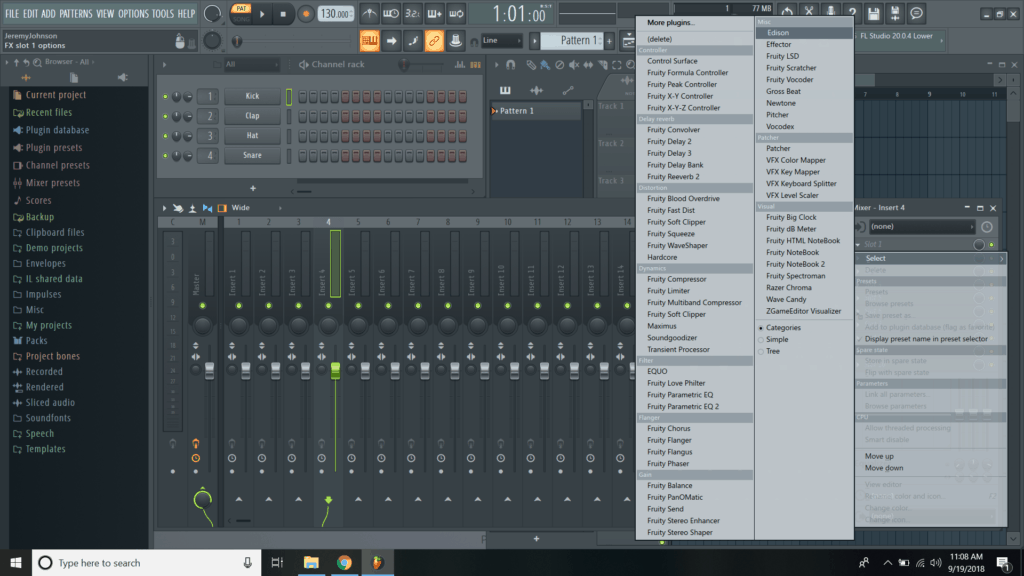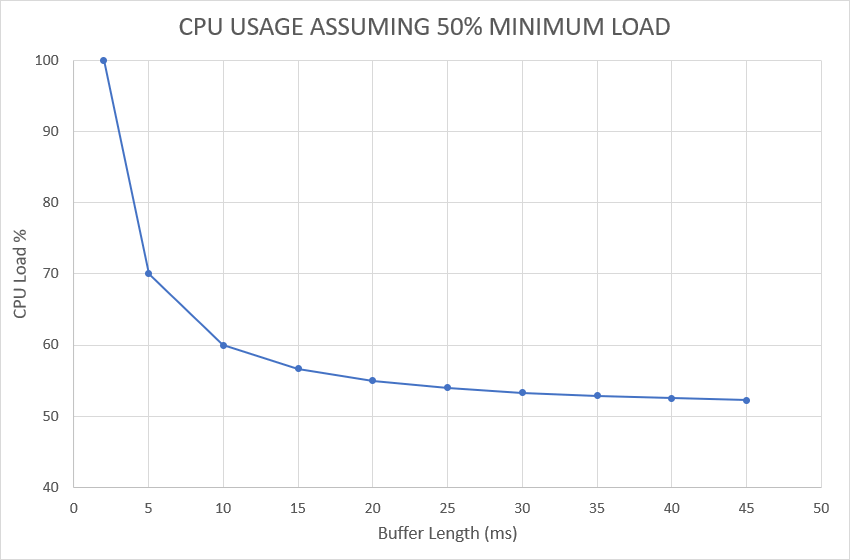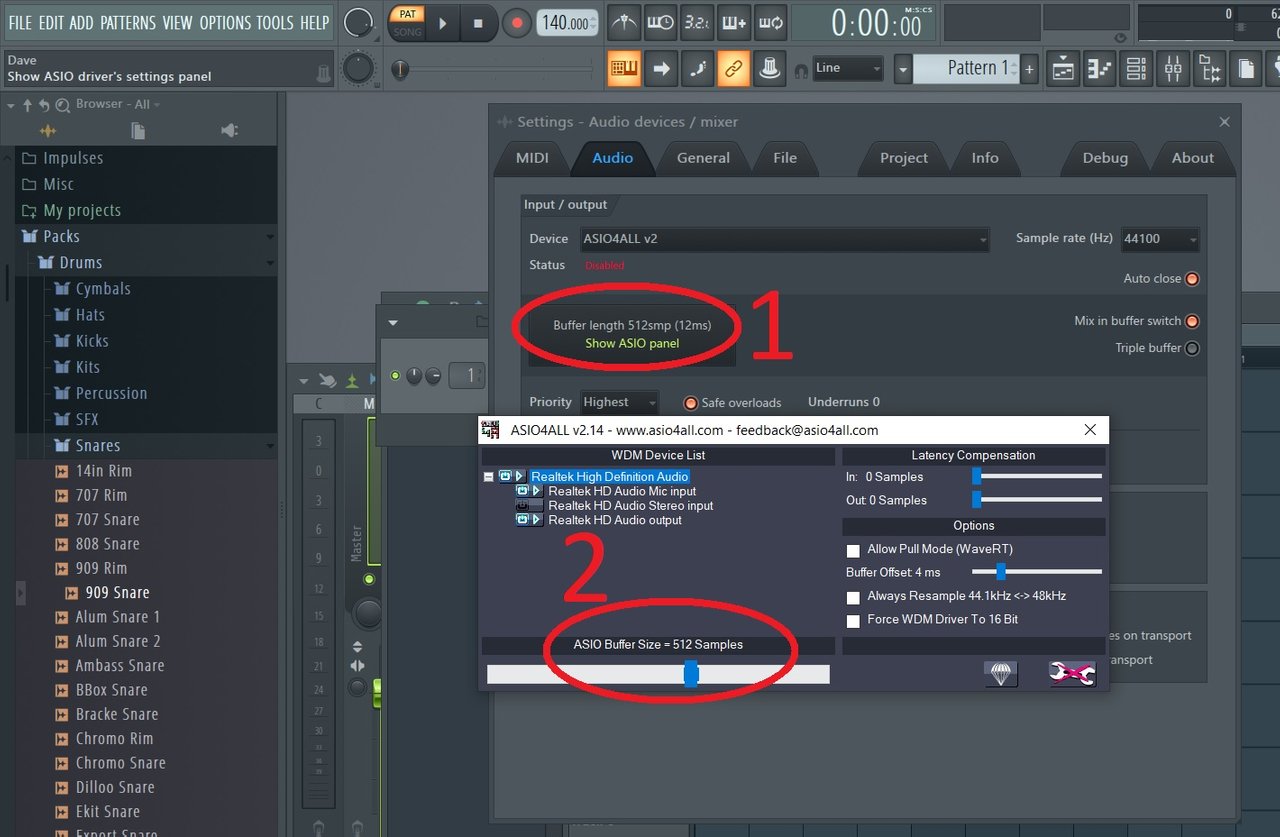
- Fl Studio 20 Free Download
- What Is Buffer Length Fl Studio
- Buffer Length Fl Studio 12
- What Is Buffer Length Fl Studio
- Best Buffer Length Fl Studio
Fl Studio 20 Free Download
Lower the buffer length if necessary. You will need to play with this setting to get it correct. A popping or clicking sound when you play a song indicates the audio buffer is out of audio. This is an underrun. Increase the buffer length until this no longer happens or happens only occasionally. Some underruns are normal. Buffer underruns - In short, select an ASIO audio driver on the Audio Settings page (Options Audio Settings) and or increase the Buffer length setting. Plugins behaving badly - In short, open the plugin wrapper PROCESSING tab and deselect 'Allow threaded processing' and or select 'Use fixed sized buffers'. There are more options to try but. Re: Buffer length FL studio Your CPU is designed to run at least with a speed of 4.00GHz. Please check the link I've posted, your CPU is throttled down by a lot. For future projects, if you want the full 8GB available to FL Studio, I recommend using the 64 bit version. My buffer size is at 2048 samples. When set to asio4all driver though.when I select 'Primary sound driver' the ASIO box disappears and I can only change'buffer length' which is at 4096smp (93 ms). Recently, FL Studio has created their own driver called FL Studio ASIO, which I found performs on par, if not better than the ASIO4ALL driver. This too is an install option. By switching to the FL Studio ASIO driver and increasing the buffer length to 2048, I was able to dramatically decrease the CPU usage.
FL Studio is one of the best music software solutions that can be used as a Digital Audio Workstation (DAW).

It provides you with the ability to create your own music as well as edit other music files. But sometimes people can be heard complaining about FL Studio’s performance issues. Most of the complaints are centered around the ‘extra sounds’ issue which is very much audible at times. These are mostly glitches or crackles and the sound is often choppy and strange.
We recommend putting the System Cache and Software Junk features of ST Cleaner to good use. These features ensure everything is fine, as far as the basics relating to keeping your computer in an unkempt state are concerned.
ST Cleaner is distributed with verifiable digital signatures

There can be two different reasons related to this choppy sound. It could be because of some random plug-in which is behaving like this, or it could be the buffer underrun problem.
To fix the plug-in problem, you need to open the plug-in wrapper processing tab where you can find the Allow threaded processing option. Now deselect this option and check if the problem is solved or not. If the problem persists then you need to select the Use fixed sized buffer option. Once you’ve made these two adjustments, you will stop getting the ‘extra sounds’, in most of the cases.
But if the problem is due to buffer underruns then there are some steps which you need to perform to solve this issue.
What Is Buffer Length Fl Studio
- Navigate to Audio settings and select FL Studio ASIO in the Device drop-down menu
- Now you need to change the buffer length settings as well
- Try to get the buffer length to somewhere near 10 ms (which basically means at 441 samples)
- Make sure that there is little addition in Underruns Count during this process
- If you find that underruns count stop increasing you can decrease the Buffer Length settings
- Make sure that the Buffer Length settings value never comes under 10ms else the load on your CPU will increase sharply
- Remember that Buffer Length and Underruns Count values are inversely proportional to each other
- For ASIO driver, there can be three different Buffer Length settings
- 1–4 ms (44–176 samples) which is very good but you don’t need this as it will increase the load on your CPU
- 5–10 ms (220–440 samples) this is excellent and ideal setting. We recommend setting it at 10ms
- 11–20 ms (485–882 samples) which is acceptable and can provide you with a reasonably good sound
With all these steps the choppy sound problem will be solved and you will be able to hear clear music. But if the problem persists, you can check its memory and CPU optimization section but at your own risk. You can also check different other programs which might cause FL Studio to make these unpleasant sounds. As an example, a program called f.lux that changes the color temperature of the screen can cause this issue. If you have installed it, please get rid of it at the earliest.
If the Buffer Length setting is more than 100 ms (4410 samples) and the CPU usage is at 80%, this is basically an indication to upgrade your PC because your system isn’t capable enough to support FL Studio in this case.

Buffer Length Fl Studio 12
I've worked with tape and ADAT in the past, but have been out of recording for a few years. I'm just getting back into it and have got my first computer recording setup, with a PC and a Focusrite Saffire Pro 40 audio interface, but I'm confused by the buffer settings: what buffer size should I use in my projects?
What Is Buffer Length Fl Studio
Dom Gately, via email
SOS Reviews Editor Matt Houghton replies: When it comes to buffer settings, there's a trade‑off between achieving low latency and reducing the strain on your computer's CPU. The smaller the buffer size, the greater the burden placed on your CPU, but you'll get lower latencies (for less audible delay), which is what you want when monitoring recordings through your sequencer and any processing. Similarly, the greater the buffer size, the greater the latency, but with less strain being placed on the CPU. If the latency is too low, you'll hear pops, clicks and glitches as your computer struggles to keep up. You're not doing any damage, so if you need low latency, try setting it down as low as you can until you hear those glitches and then raise it up a little. The smaller the buffer size, the greater the strain on your computer, though you'll experience less latency. If you need low latency, set the buffer size as small as your computer can manage without producing clicks and pops.
When mixing, you're likely to need more processing power as you start to add more and more plug‑ins. So if starting a project from scratch, I'd usually set buffer size as low as possible while recording or playing parts via a MIDI keyboard, but increase it later, when the recording was finished and I was ready to begin mixing in earnest. It's also worth mentioning that, while tracking, it should be fine to use a 'lite' version of a reverb plug‑in for artist monitoring duties, if this helps take the strain off your CPU, and replace it later on when you want to sculpt the sound for your mix.
Best Buffer Length Fl Studio
SOS Features Editor Sam Inglis adds: It's not clear from the question what sort of recordings you're making. However, unless you're using soft synths or samplers, it might be better to use the Saffire Pro 40's mixer utility to set up a low‑latency monitor mix. That way the question of buffer size becomes largely irrelevant.